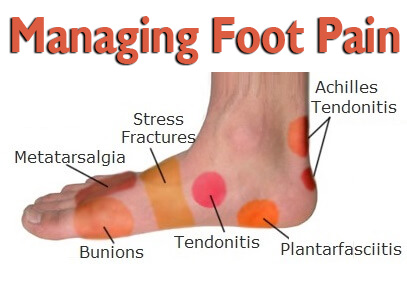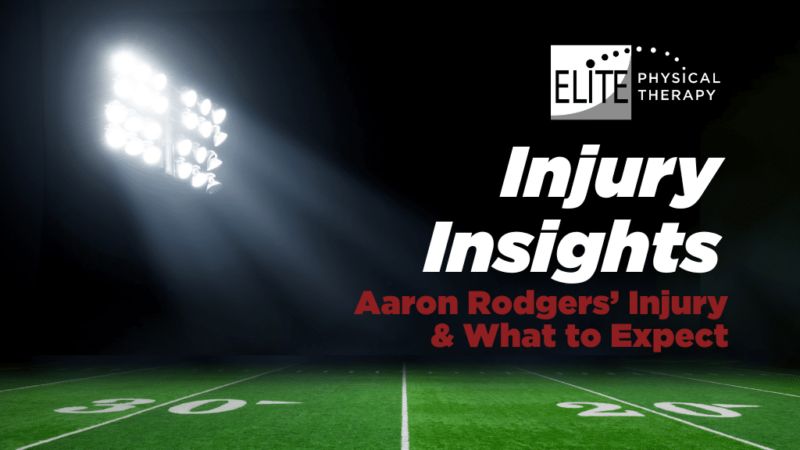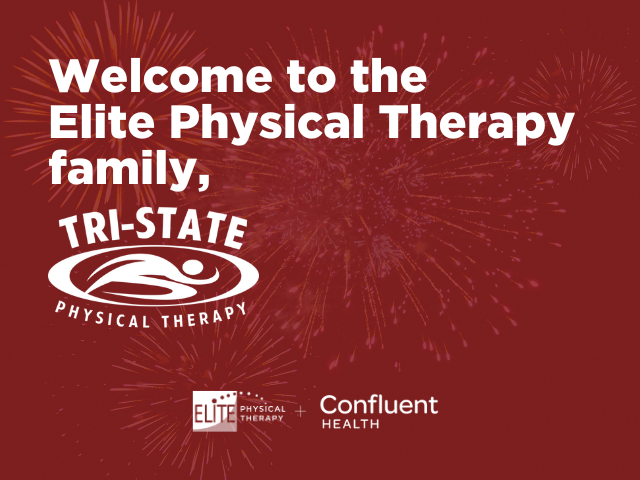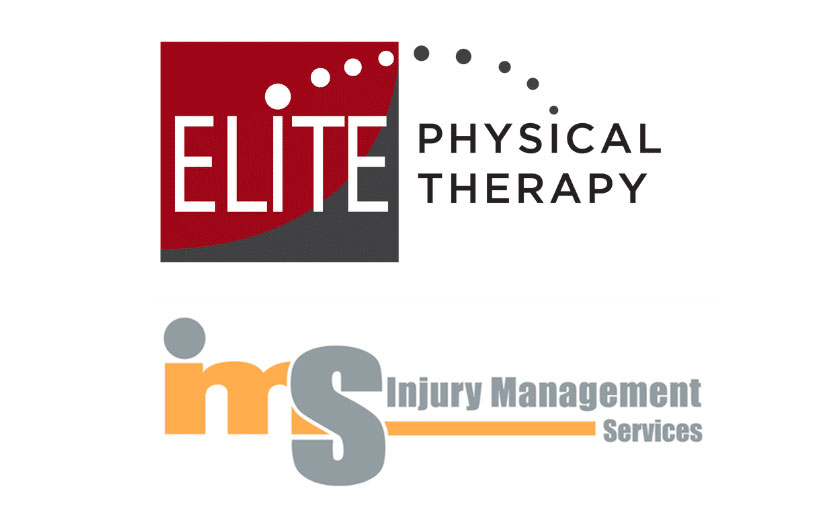It has been estimated that approximately 24% of adults experience issues related to their feet, and the prevalence of injury increases with age. The pain that an individual experiences with a foot injury can be disabling, and can negatively affect their mood, self-care abilities, and their overall quality of life; further, it can increase the risk of falls.
The most common sites of foot pain include the mid-foot/arch region (25.6%), first metatarsal head (the big knuckle of your great toe) (20.2%), the great toe itself (15.9%) and the bottom of the heel (15.5%).
Foot pain that is related to shoes, footwear and common degenerative diseases including rheumatoid arthritis and osteoarthritis, can often be well controlled conservatively. According to Abby LeBlanc, Elite physical therapist, “Physical Therapy can assess and treat causes of foot pain such as tight or weak muscles in the lower leg and foot, or abnormal walking or running patterns, and help you rehab the joints and supporting muscles to reduce pain.”
Some evidence shows that custom orthotic insoles and specialized footwear may help to modify muscle activation and gait patterns that help to reduce loading on the joints of the lower extremities, which helps to reduce foot pain and minimize injury.
Athletes and physically active individuals are also at risk of foot injury, with the foot and ankle being the most common sites of acute and chronic injury in this population.
Abby LeBlanc, DPT shares the following simple tips that can help to avoid foot injuries in athletes:
Warm-up – before participating in sporting activities: dynamically stretch or go for a light jog to warm up your muscles.
- Muscle conditioning – gradually increase the amount of time spent on an activity over a period of weeks to increase muscle mobility and strength. Additionally, participating in different types of activities (cross-training) can help to build muscle strength.
- Footwear – choose shoes specific for your type of foot (i.e. if you are an “over-pronator” you might benefit from a shoe that provides support specifically for this). If you’re participating in a specific sport, it is ideal to select a shoe designed for the sport specific loads and movements like cutting, running, or jumping, as well as the surface the sport is played on. Further, replace athletic shoes when you notice that the heels are worn down.
- Surfaces – whenever possible, avoid running on uneven surfaces.
- Hills – if you choose to run uphill, gradually build up the amount of running you do and be cautious when running downhill.
- Be aware of your body’s cues – if your foot or ankle is painful when you’re participating in a sport or activity, try modifying the activity until the pain subsides.
- Get foot pain assessed and treated early – foot pain can indicate a fault in biomechanics anywhere from the low back down to the foot. Getting some professional advice early will help reduce damage to other joints in the chain.
If you’re noticing that your feet are painful, you may benefit from physical therapy. At Elite Physical Therapy, we will assess your muscles, joints, and nervous system, look at how you move, and explore your work and leisure activities to determine possible causes of your pain,” says, Abby. Individual treatment will often entail hands-on work to the body structures at fault as well as education and rehabilitative exercise to keep you pain and injury free.
Undergoing a comprehensive evaluation by a PT at Elite Physical Therapy is one of the best ways to gain an understanding of how you can enhance your physical state. After the assessment, our PTs will create a program that is specific to your needs, and can help to decrease foot pain and prevent future foot injuries.
If you are having nagging foot pain, Elite can help you manage it. Call 318.443.3311 to make an appointment for your individualized foot pain assessment today!




